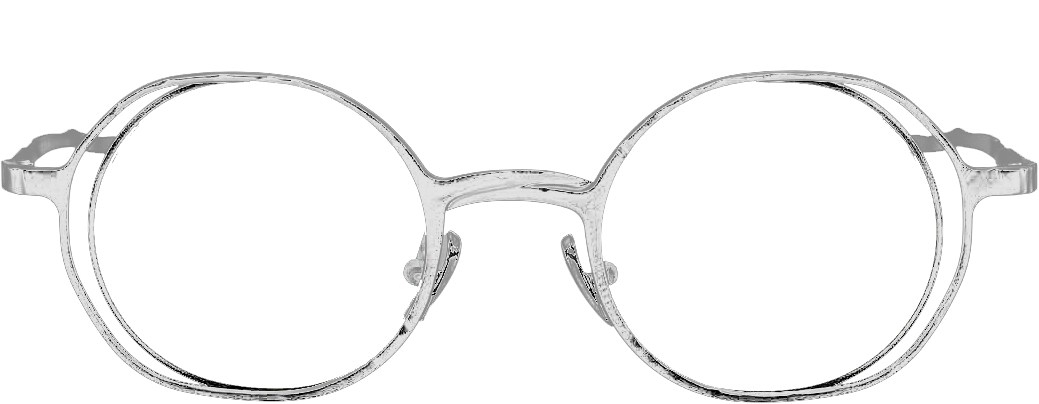
Graze Farm*
Graze Farm is a llama breeding farm in western Massachusetts with 50 llamas and a shop selling llama wool wares both on-site and online.
Goal
To improve Graze Farm’s e-commerce experience so that customers who cannot shop in-person feel more confident in their purchase.
Category
Website
Team + Role
Solo Product Designer
Duration
Two weeks
*Graze Farm is based off of a similar farm whose owners desired their website and name not to be used in this portfolio.
Contextual inquiry: six users
Users took on average of 21 seconds to find the gift shop.
“Where’s the cart?”
“What’s under $50?”
“There’s a lot of text here.”
Competitive feature analysis: five Alpaca Farm e-commerce competitors
Key takeaways:
In general, there didn’t seem to be any strong (70%+) consistencies in features between the other Alpaca Farm e-commerce websites.
4/6 featured large product images
4/6 showed “related products” on product pages
4/6 had a search function
4/6 had return/exchange policies present
Interviews: five users
My interviewees fear that items they purchase online won’t arrive as pictured.
My interviewees are never sure what the shipping, return and exchange policies are.
My interviewees are motivated by sales, discounts, deals and coupons.
My interviewees like when they can easily communicate with the seller directly.
My interviewees love shopping local, but are shopping online more now because of COVID restrictions keeping them inside.
Persona
Problem
Emma needs her local businesses to have e-commerce websites with less busy homepages, less difficult to navigate menus, more search and filter functions, and more detailed descriptions. She wants to support her community while she can’t visit stores due to COVID-19 restrictions, but she can’t get a crystal clear idea for what she’s purchasing because of the busy website designs.
Solution
Emma’s local businesses’ e-commerce websites will include a homepage with few distractions, a simple menu including a minimal amount of page links, a search bar and easily accessible filter functions, and detailed descriptions including special features to communicate crystal clearly specifications of products.
Navigation: open card sort
Initial questions: would users understand what items were just from their titles? would they categorize items by gender?
Research decision: conduct a product-based card sort including photos, titles and sizes to see which properties were prioritized when sorting
Key findings:
Four out of six participants sorted by gender.
All six participants sorted items by age.
All six participants sorted clothing items separate from accessories.
“Oh, these are for kids. Oh well, moving on...”
See card arrangements by test users below
Navigation: new site map
Four global, 36 local, and five supplemental items
User flow
Wireframes: from sketch to mid-fi
Usability testing: six users
On average, users took 3 seconds to find their way to the shop using my prototype. (18 SECONDS FASTER than before)
When users were told to buy a light colored sweater, 5/6 users were SUCCESSFUL in going straight for the filter column.
Once products were narrowed by filters, 5/6 users were SUCCESSFUL in clicking into the product and getting to the cart.
Key finding: ONLY 2/6 users used the sort dropdown when prompted to buy something inexpensive. I noticed some users look to the filter column for a price sort option.
In response to the confusion as to where the sort-by-price option was, I added a price filter to the vertical filter column.
Next steps
Next in this redesign, I’d like to:
Build out my prototype so it is fully functional for more in-depth testing
Bring the wireframes up to hi-fi
Facilitate a shoot for all of the products
This was a fun project, and I’m really looking forward to another opportunity to improve an e-commerce experience.










